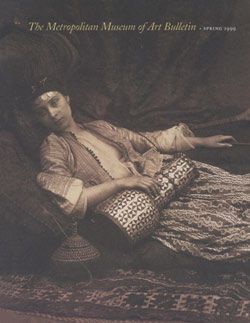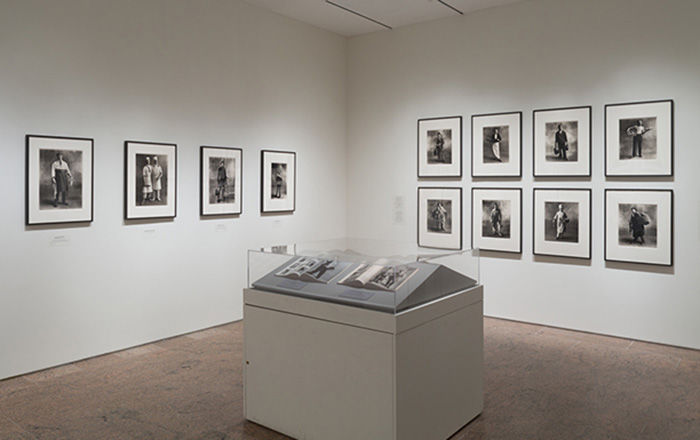Top of Sharington's Tower, Lacock Abbey, Taken from the Roof above the South Gallery
William Henry Fox Talbot British
Not on view
Talbot's earliest camera images required exposures of an hour or more, but on September 23, 1840, he made a startling discovery that dramatically increased the medium's potential. He found that an exposure of mere seconds, leaving no visible trace on the chemically treated paper, nonetheless left a latent image that would appear when immersed in a solution of gallic acid. This discovery opened up a whole new world of possible subjects for photography. In the days that followed, Talbot trained his camera on various features of Lacock Abbey and its grounds. Made only a few weeks after his September discovery, this photograph reveals Talbot's newly found ability to render the tones and textures of masonry and glass and the myriad architectural details of the sixteenth-century corner tower, built by the Abbey's first lay owner.
This image cannot be enlarged, viewed at full screen, or downloaded.


